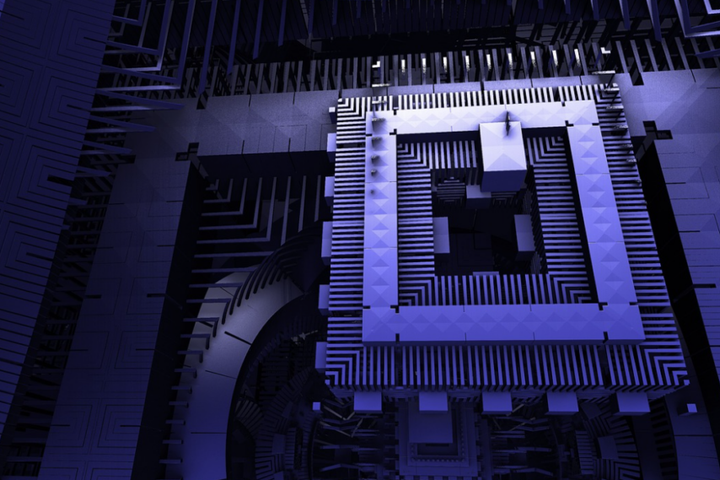Technological innovation is advancing at a rapid pace, with developments in quantum computing and blockchain technology at the forefront. While these advancements hold great promise for various industries, they also bring new risks that must be addressed. Quantum computing, a field that combines computer science, physics, and mathematics to solve complex problems efficiently, is nearing mainstream adoption. These powerful machines can perform computations exponentially faster than traditional computers, posing challenges to existing security measures.
One pressing concern is the potential impact of quantum computing on blockchain technology and digital assets. The decentralized and encrypted nature of blockchains provides security in a world of conventional computers, but their vulnerability to quantum attacks has become apparent. As quantum computers become more powerful, the cryptographic protocols that underpin blockchain networks may no longer be secure, putting digital assets at risk.
To address these vulnerabilities, projects like the Quantum Resistant Ledger (QRL) have emerged. QRL utilizes the NIST-approved XMSS encryption, which is designed to be mathematically secure against quantum attacks. By implementing quantum-resistant security measures, projects like QRL aim to protect blockchain networks and digital assets from the threats posed by quantum computing.
The Quantum Resistant Ledger, founded by Dr. Peter Waterland, recognizes the potential risks that quantum computing poses to existing blockchain systems. By adopting XMSS encryption instead of traditional elliptical curve cryptography, QRL aims to future-proof blockchain networks and ensure their security in the era of practical quantum computers. This proactive approach to addressing quantum threats is essential for safeguarding the integrity of blockchain networks and digital assets.
Looking ahead, the QRL project is set to launch its Go Zond platform, a proof-of-stake blockchain that provides quantum-resistant security and compatibility with Ethereum Virtual Machine contracts. By prioritizing development and security in the face of emerging challenges, projects like QRL are paving the way for the next generation of blockchain technology.
As the world moves closer to the era of quantum computing, it is crucial for blockchain projects and digital asset holders to be aware of the risks and take proactive steps to secure their systems. By investing in quantum-resistant solutions like QRL and supporting projects that prioritize security, stakeholders can help mitigate the potential threats posed by quantum computing to the future of blockchain technology.

